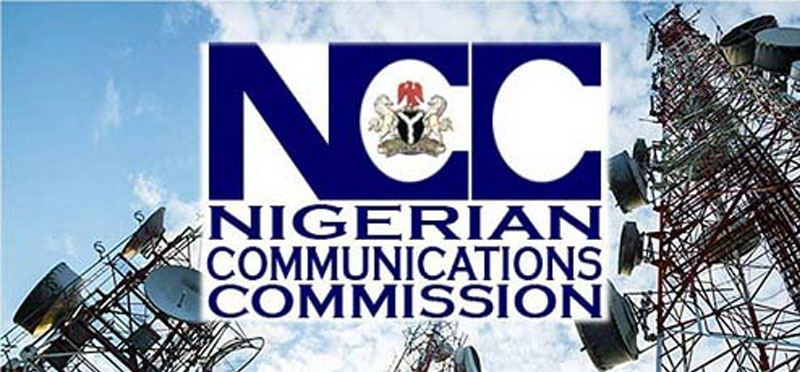867
Daniel Adaji
The global mobile internet network is predicted to record nearly 800 million new users by 2030, raising the total number of subscribers to about 5.5 billion—approximately 64 per cent of the world’s population.
This projection, outlined in the GSMA’s Mobile Economy 2025 report, highlights mobile connectivity as a key driver of digital inclusion and economic growth, especially in low- and middle-income countries (LMICs) like Nigeria.
According to the document obtained by Pointblank News on Wednesday, Sub-Saharan Africa is poised to contribute nearly a quarter of the global subscriber growth, with Nigeria forecast to add 32 million new mobile internet users between 2025 and 2030.
This places Nigeria among the top 15 markets for mobile internet expansion, alongside countries such as India (141 million), China (45 million), Pakistan (39 million), and Indonesia (38 million).
Despite reaching 58 per cent global mobile internet penetration by the end of 2024, growth has slowed. Only 110 million users were added in 2024, compared to over 200 million annually between 2015 and 2021. The main barrier is no longer infrastructure coverage but the “usage gap”—the 3.4 billion people who live within coverage areas but are not using mobile internet.
Nearly 90 per cent of the unconnected population fall into this category, with Sub-Saharan Africa showing the highest disparities.
The report highlights the shift toward next-generation connectivity, with 5G expected to surpass 4G adoption globally by 2028. In LMICs (excluding China), 5G is projected to account for 2.3 billion connections by 2030. Alongside this, 5G Fixed Wireless Access (FWA) is expanding, with 146 operators in 72 markets already launching services—offering new solutions for rural connectivity in regions like Africa.
Data consumption is also set to triple by 2030, driven by surging smartphone adoption and rising demand for video content and immersive applications.
Globally, smartphones will account for 91 per cent of all mobile connections by 2030, up from 80 per cent in 2024. In Sub-Saharan Africa, adoption is projected to rise from 55 per cent in 2024 to 81 per cent, enabled by financing options and more affordable handsets.
The economic impact is equally significant. Mobile technologies contributed $6.5tn to global GDP in 2024 (5.8 per cent) and are projected to reach nearly $11tn (8.4 per cent) by 2030. The industry supported 24 million direct and 16 million indirect jobs in 2024 and delivered $600 billion in public revenues, excluding spectrum fees.
For Nigeria, where mobile phones are the primary gateway to services like education, healthcare, and finance, the addition of 32 million users over five years represents a crucial step in national digital development.
The GSMA stresses that policy alignment is essential—especially around affordable spectrum licensing and infrastructure investment—to sustain this growth.
As mobile connectivity deepens across LMICs, the GSMA calls for greater collaboration between governments and industry stakeholders to close remaining access and affordability gaps.
“Mobile is not just a communication tool—it is a foundation for socioeconomic progress,” the report stated.
Meanwhile, Nigeria’s broadband penetration remains below 50 per cent, despite record levels of data consumption. The Nigerian Communications Commission (NCC) reported a penetration rate of 45.61 per cent in January 2025, while internet usage surged to 1,000,930 terabytes in the same period. This increase is fueled by the rise in video streaming, social media activity, remote work, and fintech applications.
Yet, the gap between usage and access signals urgent challenges in infrastructure, affordability, and digital literacy. Bridging this divide is vital if Nigeria is to fully realize the transformative potential of mobile internet in the years ahead.



